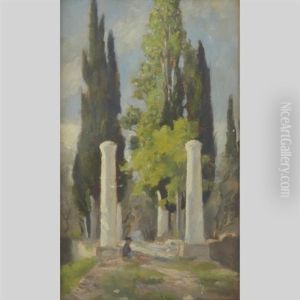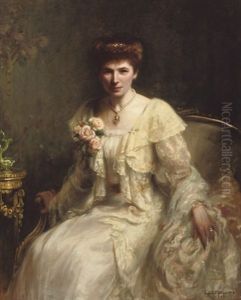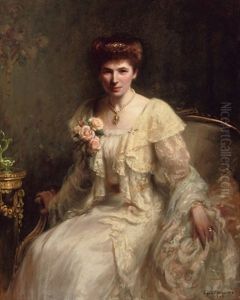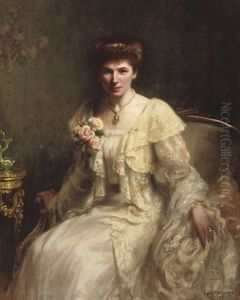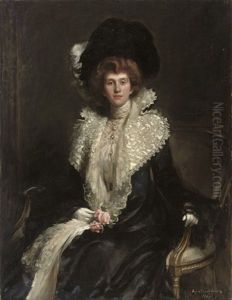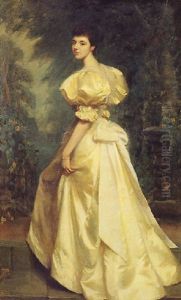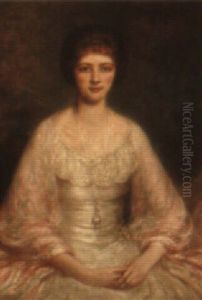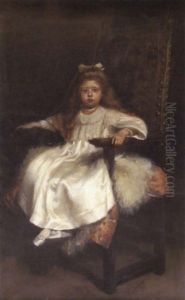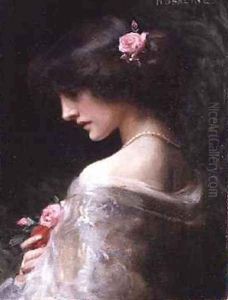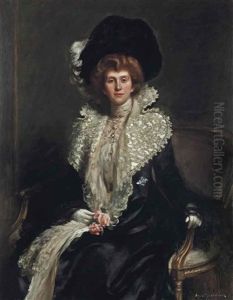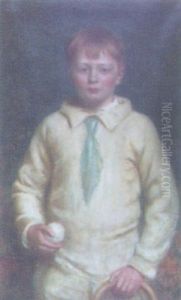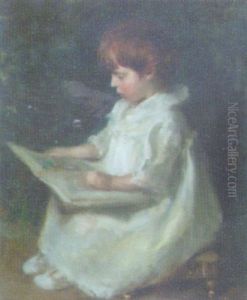Hugh de Twenebrokes Glazebrook Paintings
Hugh de Twenebrokes Glazebrook was an English painter recognized for his contributions to the British art scene during the late 19th and early 20th centuries. Born in 1855, Glazebrook's artistic journey began in an era marked by significant transitions, from the detailed narratives of the Victorian period to the burgeoning influence of Impressionism and Modernism. His work, however, largely maintained a classical approach, focusing on portraits, landscapes, and genre scenes imbued with a sense of realism and meticulous attention to detail.
Educated at the Royal Academy Schools, Glazebrook was part of a vibrant community of artists and intellectuals in London, where he developed a style characterized by its elegance and clarity. His portraits, in particular, were noted for their psychological depth and the ability to capture the essence of the sitter's character, making him a sought-after portraitist among the British elite. Despite the predominance of portrait painting in his oeuvre, Glazebrook also explored the beauty of the British countryside through his landscapes, showcasing his versatility as an artist.
Throughout his career, Glazebrook exhibited at prestigious institutions, including the Royal Academy and the Royal Society of Portrait Painters, of which he was a member. His contributions to the British art world were recognized by his peers and the public alike, though he never achieved the same level of fame as some of his contemporaries. Nevertheless, his works are a testament to the enduring appeal of classical artistry and technique during a time of artistic evolution and experimentation.
Hugh de Twenebrokes Glazebrook's legacy is preserved in the collections of British museums and in the private collections of those who appreciate the quiet elegance and refined craftsmanship of his work. He passed away in 1937, leaving behind a body of work that continues to be appreciated for its contribution to the tradition of British painting. His life and art offer a window into the transitions of the art world at the turn of the century, straddling the line between the academic and the avant-garde.
